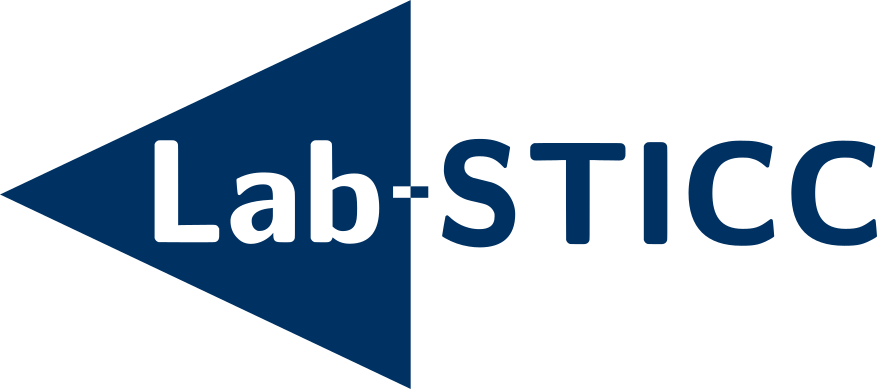Using Prospective Ergonomics To Design Cooperative Digital Twin
Résumé
In the context of Industry 4.0, the digital twin offers a wide range of usage and application for manufacturers. However, digital twin designers focus more on taskwork, despite teamwork, the process by which the human agent and the digital twin cooperate. In this proposal, we consider this cooperation through Human-Autonomy Teaming (HAT). To build this cooperation, it is necessary to identify needs centered on the human agent, rather than technical solutions, i.e., the means to achieve these needs. For this purpose, we propose a prospective method based on the HAT framework, enabling human agents to project themselves into the future and imagine cooperation with the digital twin. Applied to planning maintenance activity, we compared two ideation conditions: an openedcondition and a guided-condition based on the KHO-KHC model. Thanks to the pre-experience provided by the KHO-KHC model, we hypothesized that guidedcondition ideation will enable the expression of needs rather than technical solutions. The results showed that the opened-condition ideation and the guided-condition ideation enabled human agents to think about their future cooperation with the digital twin. Nevertheless, the guided-condition ideation resulted in the expression of more needs than technical solutions. Conversely, the opened-condition ideation allowed the expression of more technical solutions than needs. The results are discussed in terms of methodological contribution to prospective ergonomics.
Domaines
Psychologie
Fichier principal
 Full Paper IEA2024 - Using Prospective Ergonomics To Design Cooperative Digital Twin.pdf (239.78 Ko)
Télécharger le fichier
Full Paper IEA2024 - Using Prospective Ergonomics To Design Cooperative Digital Twin.pdf (239.78 Ko)
Télécharger le fichier
| Origine | Fichiers produits par l'(les) auteur(s) |
|---|

